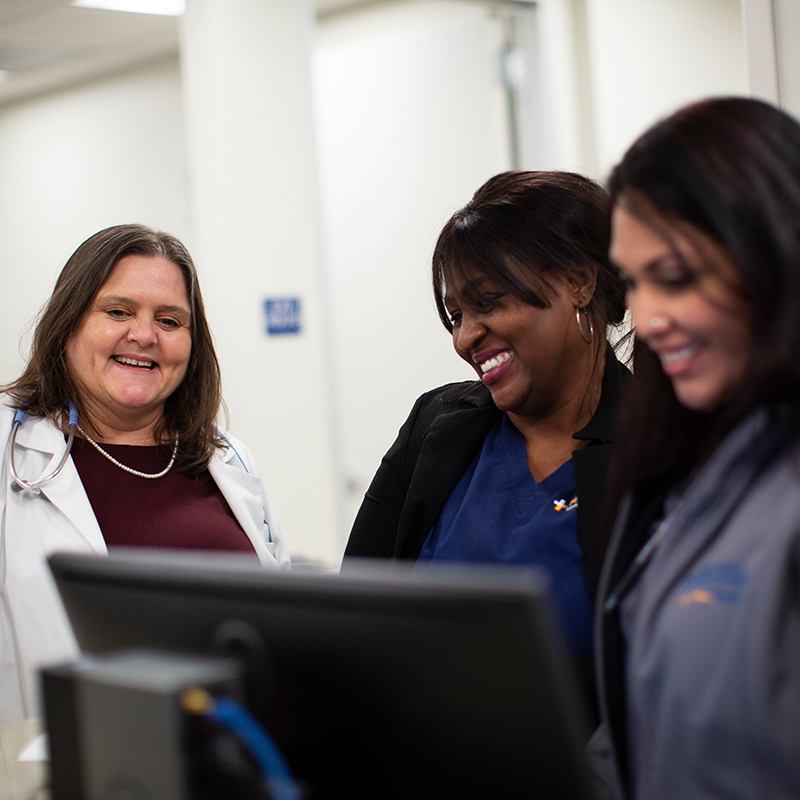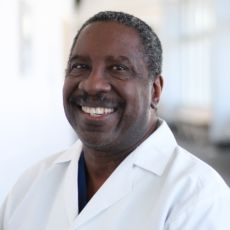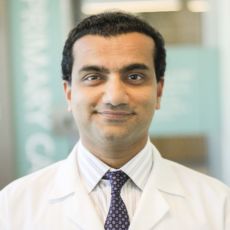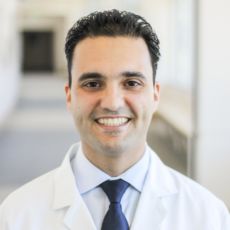Endoscopic Retrograde Choangiopancreatography (ERCP)

overview
Endoscopic Retrograde Choangiopancreatography (ERCP)
Endoscopic Retrograde Choangiopancreatography (ERCP) is a procedure used to diagnose and treat problems that may involve the liver, gall bladder, bile ducts and/or pancreas. During an ERCP, your Saint John’s Physician Partners gastroenterologist will use a special endoscope, which is a long flexible tube with a light and camera, to examine the inside of your digestive system.
Why is an ERCP done?
You may need an ERCP to find the cause of unexplained abdominal pain or jaundice, the yellowing of the skin and eyes. It may also be used to help find and treat blockage or stones in the bile duct, fluid leakage from the bile or pancreatic duct, tumors, blockage or narrowing of the pancreatic ducts or infections of the bile duct.
Risks
ERCP Potential Risks and Complications
ERCP is considered a low-risk procedures but some possible complications may include:
- Inflammation of the pancreas or gallbladder, infection or bleeding
- A tear in the lining of small intestine, esophagus or stomach
- Collection of bile outside the biliary system

Prep
Preparing for ERCP
Special conditions
Let your doctor know if you have any special conditions such as pregnancy, lung or heart conditions, diabetes or allergies to any medications. Discuss all your medications with your doctor such as insulin use or blood thinning medications.
Do not eat or drink
Do not eat or drink liquids 8 hours prior to the procedure. Your doctor may offer other instructions about special diet as well.
What to Expect
What to Expect During an ERCP
- You will receive anesthesia and depending on the type, you may be mildly sedated or completely asleep.
- Your doctor will feed the endoscope where the bile duct comes into the intestines and then feeds a tiny catheter into the duct and inject a dye to highlight the organs on X-rays. The dye is a contrast agent that lets your doctor see the bile duct, gallbladder and the pancreatic duct.
- Once the source of the problem is identified, your doctor may perform the following procedures:
Sphincterotomy
Sphincterotomy, which involves making a small cut in the opening of the pancreatic or bile ducts to allow the removal of gallstones and let bile and pancreatic juice drain properly.
Stent placement
A stent placement, which is a drainage tube that is placed in the bile or pancreatic duct to hold the duct open so it can drain.
Gallstone removal
Gallstone removal is the removal of gallstones from the bile duct.
After the procedure you will be taken to the recovery room. Once your blood pressure, pulse and breathing are stable and you’re alert, you will be discharged. Be sure to have someone drive you home, as you may be drowsy from the anesthesia. You can then go back to your normal activities and diet, unless told otherwise by your doctor. Your doctor will give you specific instructions based on your situation.
If you have the following symptoms after you go home or are concerned about how you are feeling, be sure to contact your doctor:
- Fever or chills
- Abdominal pain, nausea or vomiting
- Black or tarry stools
- Trouble swallowing
- Throat or chest pain that worsens.
Your doctor will give you specific instructions for your follow up.
Specialists



